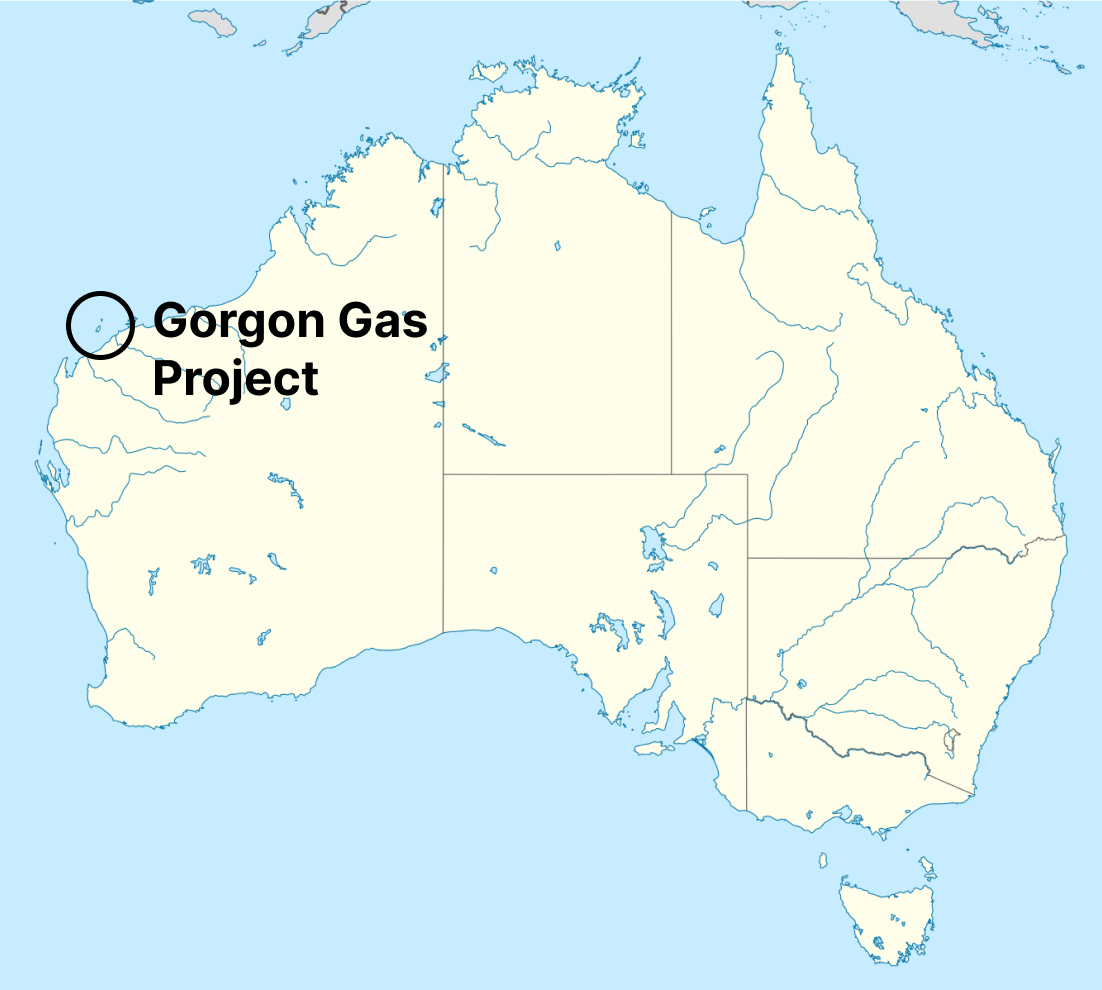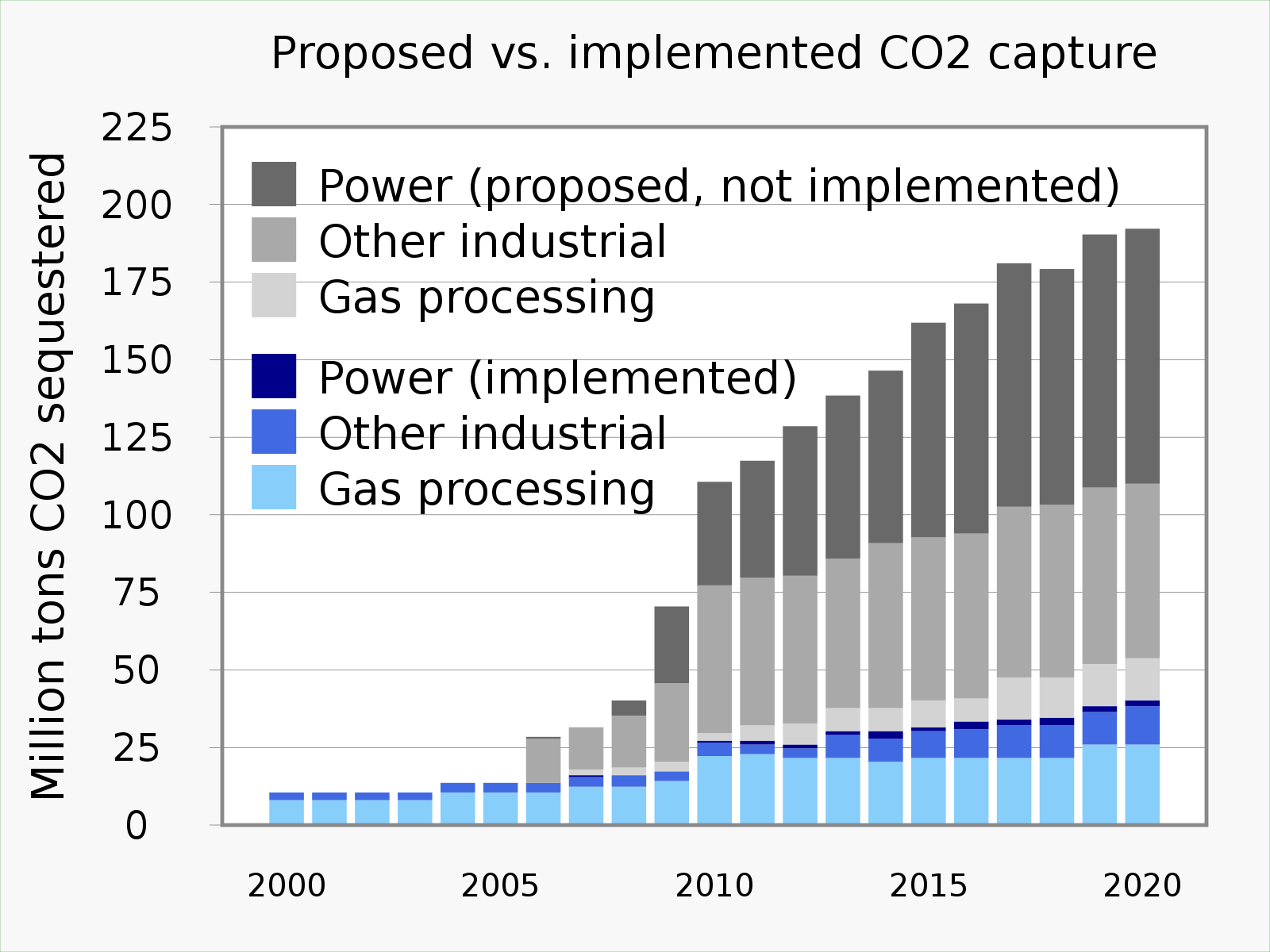
Carbon capture and storage (CCS) is a technology used to reduce carbon dioxide emissions from industrial sources. It involves capturing the carbon dioxide, transporting it, and storing it in an underground geological formation or other permanent storage sites.
Chevron Australia recently acknowledged that its CCS plant at Gorgon is operating at just one third of its capacity. David Fallon from Chevron Australia has argued that the technology is working but renewed calls for faster-tracking of such projects across the country have been made.
Chevron Acknowledges Carbon Capture and Storage at Gorgon Is Operating at Just a Third of Its Capacity
The Gorgon Is carbon capture and storage facility has been operating at a fraction of its intended capacity. This is according to an announcement made by Chevron, the company responsible for the plant’s construction and operation.
The Gorgon Is facility was designed to capture up to 3 million tonnes of carbon dioxide per year as part of Chevron’s effort to reduce emissions from its gas processing operations in Western Australia. However, since its launch in August 2017, the plant has only operated at one-third of that capacity due to various technical issues.
Chevron has committed significant resources towards rectifying these issues, but it expects that it will take several years before the Gorgon Is facility is running at full capacity. In the meantime, experts agree that this technology should be supported so that it can reach maximum performance levels and help reduce global emissions.
Undoubtedly, there are lessons to be learned from this experience which could help other companies better plan their own carbon capture projects in future.
Is Carbon Capture and Storage Technology is Working?
David Fallon of Chevron Australia insists that the Carbon Capture and Storage Technology is functional despite operating at reduced efficiency. According to his statement, Chevron Australia has made considerable progress in developing the technology since its inception and is confident they will eventually achieve optimal performance.
The company has a long way to go before reaching full potential. However, Fallon remains committed to developing further improvements over time and believes that it is only a matter of when not if they will reach their maximum capacity with this technology.
Despite the setbacks, Chevron Australia’s commitment to achieving carbon neutrality through CCS technology is inspiring for other countries looking to reduce their emissions quickly and efficiently.
Renewed Push to Fast-Track Carbon Capture Projects Across the Country
With the renewed push to fast-track Carbon Capture projects across the country, organisations are striving to make significant progress towards achieving carbon neutrality. Advocacy groups have been pushing for increased state and federal investment in these projects in order to speed up their development.
The benefits of developing carbon capture technology are undeniable; it has the potential to reduce global emissions by as much as 90 percent if implemented correctly. It can also be used to create energy independence and create jobs for local communities.
In spite of this, numerous challenges remain that need to be addressed before large-scale implementation becomes feasible.
Challenges of CCS include:
- technological constraints related to storage capacity
- safety concerns about storing CO2 underground
- economic costs associated with scaling up production
Carbon capture and storage
Column chart showing annual CO2 sequestration (CO2 capture), distinguishing proposed versus implemented carbon capture and storage (CCS). Read more about Carbon Capture and Storage.

Critics Argue that High Hopes for Carbon Capture and Storage Are at a Dead End
Despite the high hopes for Carbon Capture and Storage, critics argue that it is at a dead end.
Carbon capture and storage (CCS), which involves trapping carbon dioxide from large industrial sources such as power plants, and storing it underground, has been touted as a potential solution to reducing emissions. However, CCS technology has proven costly and unreliable in practice due to its complexity and lack of infrastructure.
This has led some experts to opine that this form of carbon management may not be viable in the long run.
The carbon capture plant running at only one third capacity highlights how challenging it can be to implement effective CCS projects on a large scale. There still remain numerous obstacles for expanding these projects further, including regulatory uncertainty, technological challenges, financial risks and public acceptance issues.
Thus far, CCS technology is yet to prove itself as an efficient means of mitigating climate change in an economically sustainable way.
Future Endeavours
With the growing need for renewable energy and reduced emissions, new solutions like carbon capture and storage are being explored.
Chevron’s project in Australia is considered the world’s largest stand-alone CO2 storage facility. Imagine a future where this technology becomes mainstream, reducing our carbon footprint and helping us transition into a greener world!
Let’s keep an eye on the progress of carbon capture and storage technology. Together, we can support a greener future!
Ready to get your carbon neutral certification?
Learn more about your carbon footprint and how you can offset your individual emissions.


